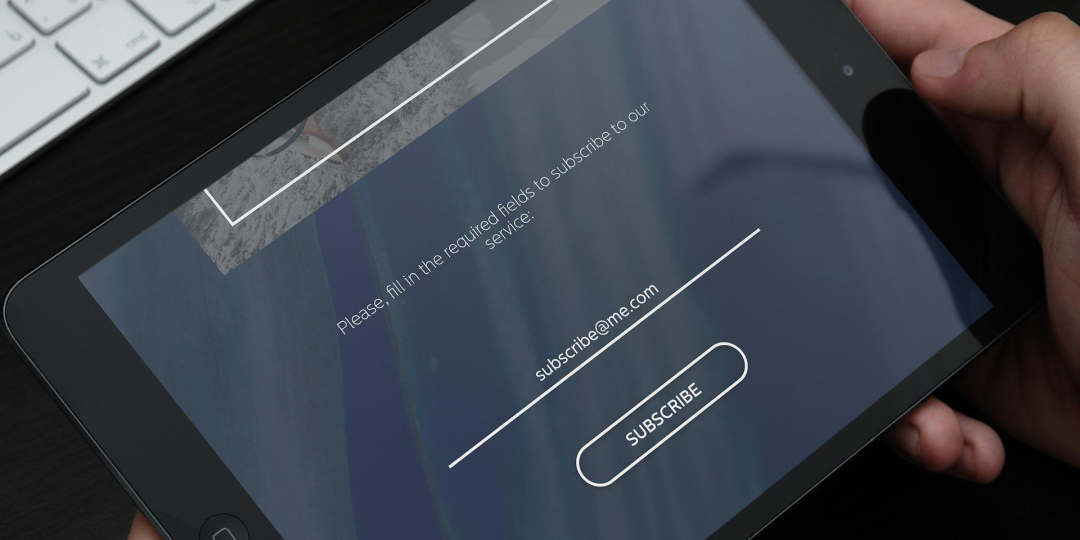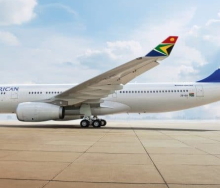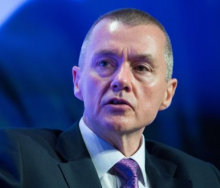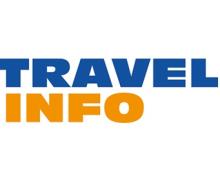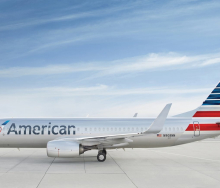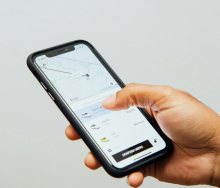Subscription models for airline seats are popping up more and more, offered by several airlines around the world.
There is the unlimited subscription model – where clients pay a sum per month for an unlimited number of flights that they can take every month. This is much less popular among airlines than the standard model, where flyers can opt for a tier of subscription offering a fixed number of flights over a certain period of time.
US carrier Alaska Airlines has a variation on the limited subscription model, with two types of subscription, differing only in the length of time before a flight that the passenger must book. Both plans are tiered to allow the subscriber to choose six, 12, or 24 trips per year. Fixed monthly payments are made and credits are issued into a wallet. Travellers must additionally pay taxes and fees.
Most eligible flights are included as part of membership at a fare of only one cent. Occasionally a flight will require an additional premium access fare.
New Zealand airline Sounds Air is believed to be the latest to offer a pass. For NZ$799 (R8 500) travellers get unlimited flights within a three-month window. Sounds, which has ten aircraft and nine destinations across New Zealand, issued just 1 000 Season Passes in September, valid for use until the end of November 2022, allowing holders to take unlimited flights across the country between those dates. Flight bookings must be made seven days prior to travel via a call centre and pass holders may have only two active return bookings at any time.
Breakage
But unlimited subscription models are far trickier to run, according to Kirby Gordon, Chief Marketing Officer at FlySafair. He says this is because subscription models are generally built on the principle of breakage. But how does breakage work exactly?
It’s all based on human psychology.
“Think of a gym. If an aerobics class can accommodate 10 people, then the gym should technically not sell any more than 10 memberships, otherwise all members wouldn’t be able to access the service. And if they did it that way, they would have to charge you a pretty high price for your membership,” Gordon explained. “But the gym knows that some members will sign up and come to one class and never come again, so in the end they charge a lower membership cost, but they happily take on more members knowing that there will always be space.”
However, in the unlimited model, when the price of a subscription is determined, airlines would have to enforce breakage – hence the limited number of flights per passenger and the limitations in which the subscriptions can be used.
“The subscription model is certainly something popping up more and more and I think it makes sense because it’s an adaptation on our business model which allows for a closer fit to the way in which consumers want to access and consume our products and services,” Gordon adds.
Other airlines offering subscription models to clients so far are Air Alaska, Volaris in Mexico, United Airlines, American Airlines, and Frontier Airlines, for example.
However, it is worth noting that flight subscription models are typically sold straight to customers and thus there is no opportunity for travel agents to earn commission selling the programme.
FlySafair’s subs take off
FlySafair’s pre-existing subscription model, for example, has been largely successful in the last year, according to Gordon.
“We closed the initial intake of customers a few months back and so the community of users that purchased the benefit have continued to use it and seem to enjoy the benefit it offers. I think it’s been particularly well received during the recent period where flying has been more expensive due to low market supply levels relative to consumer demand,” says Gordon.
FlySafair is now in the process of building toward a second intake of customers, but is still ascertaining whether that will be this year or next. There are a few adjustments to make to the build of the programme based on what the airline has learned from this first group of subscribers and those changes will need some time and development money.
